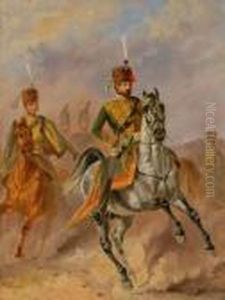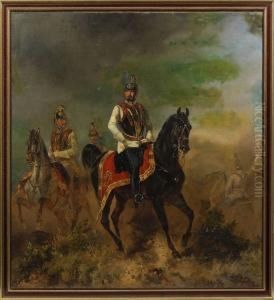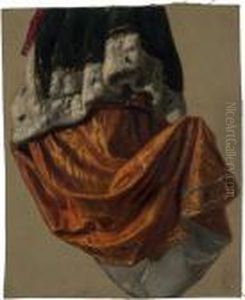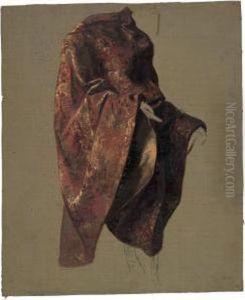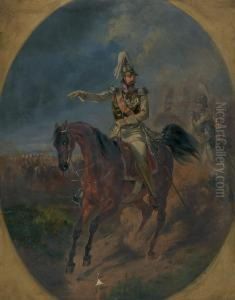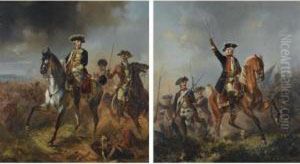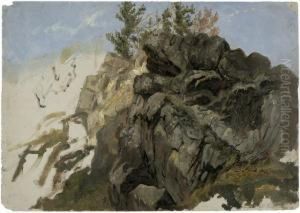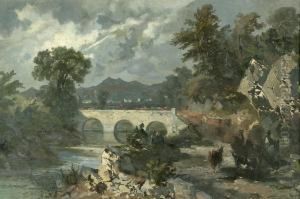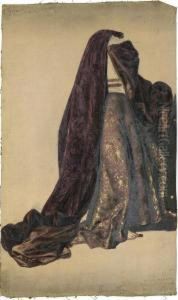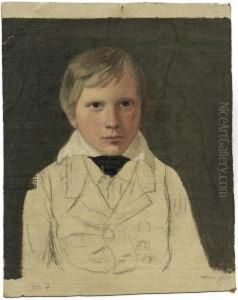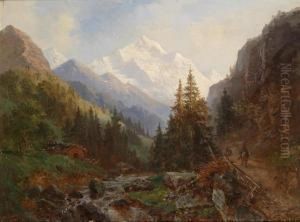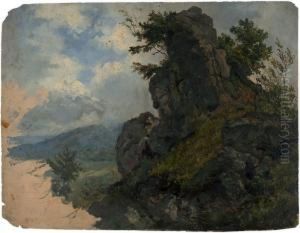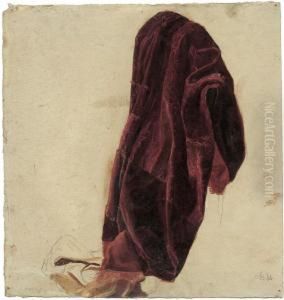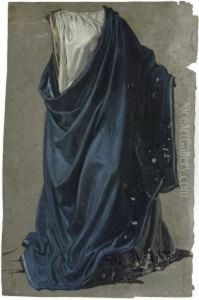Hermann Aug. Theodor Tunica Paintings
Hermann Aug. Theodor Tunica was a German painter and graphic artist whose work spanned from the late 19th century into the early 20th century. Born in 1875 in Germany, Tunica's artistic journey began at a young age, showing early promise and a keen interest in the arts. He pursued his education in art at various prestigious institutions, honing his skills in painting, drawing, and printmaking.
Tunica's work is characterized by its versatility, ranging from landscapes and portraits to more abstract compositions. He was deeply influenced by the movements of his time, particularly Impressionism and Expressionism, yet he maintained a unique style that set his work apart from his contemporaries. His ability to capture light and shadow, combined with a vibrant color palette, earned him recognition in the German art scene.
Throughout his career, Tunica participated in numerous exhibitions, both solo and group, which helped to establish his reputation as a skilled and innovative artist. His work was appreciated for its emotional depth and technical prowess, capturing the essence of his subjects with sensitivity and insight.
Despite his achievements, Tunica's work was somewhat overshadowed by the tumultuous events of the 20th century, including both World Wars, which impacted the arts community in Germany and across Europe. Nevertheless, he continued to produce work until his death in 1946, leaving behind a legacy of art that continues to be studied and admired for its contribution to German art history.
Tunica's artworks are held in various collections and museums, serving as a testament to his skill and creativity. His life and work offer insight into the evolution of modern art in Germany, reflecting the broader artistic and historical currents of his time.
